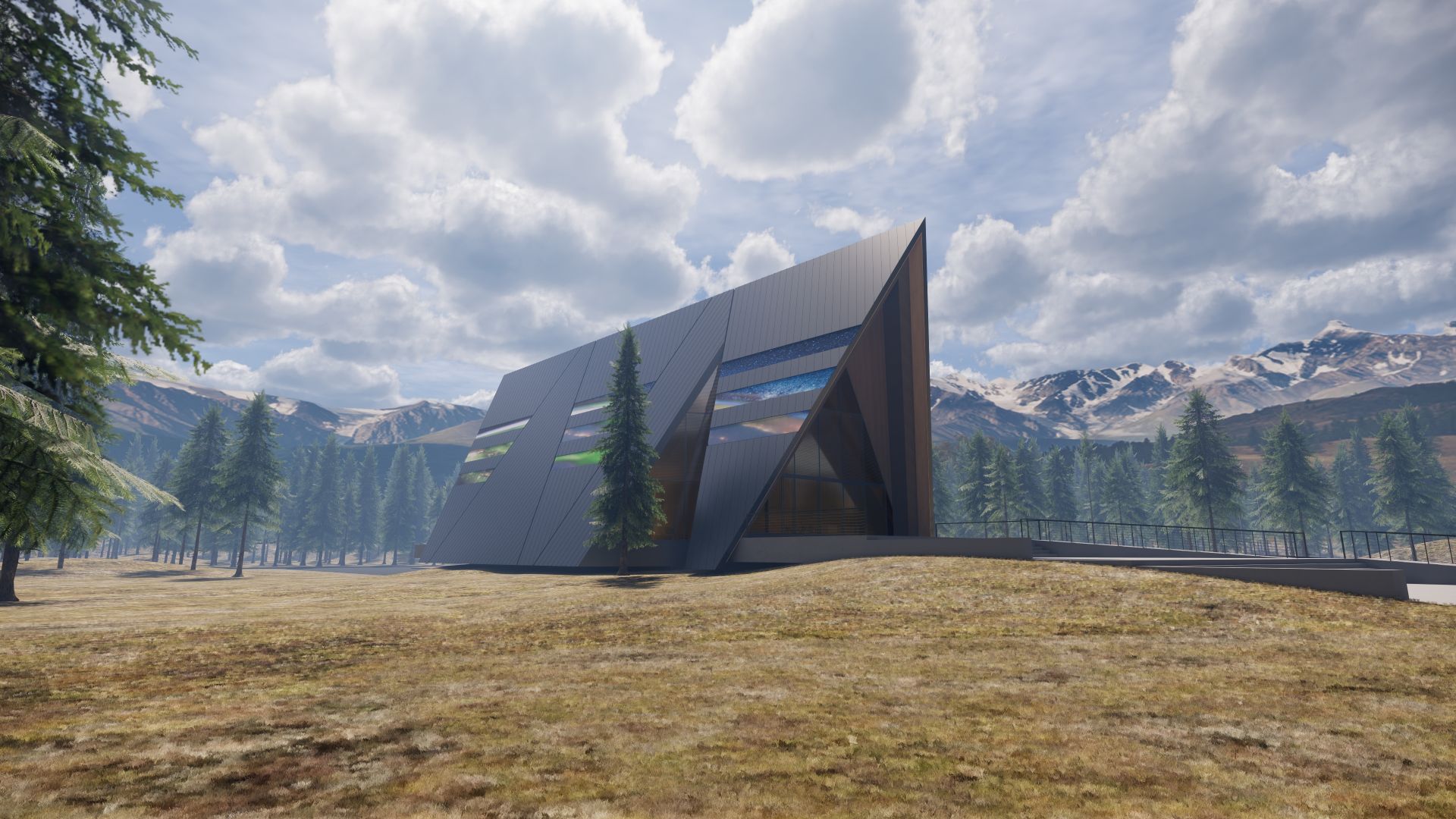Artist’s conception of Oklo’s Aurora powerhouse. (Image: Gensler)
The TRISO-X fuel pebble shown here contains TRISO particles—HALEU-bearing kernels of oxide and carbide in alternating layers of pyrolytic carbon and silicon carbide. (Image: X-energy)
X-energy and Centrus Energy announced last week that they have completed the preliminary design of the TRISO-X fuel fabrication facility and have signed a contract for the next phase of work. The planned facility would produce TRISO fuel particles and pack those particles into fuel forms, including the spherical graphite “pebbles” needed to fuel X-energy’s Xe-100 high-temperature gas reactor.
(Click photo to enlarge) One of 16 AC100M gas centrifuges built by Centrus Energy for HALEU production in Piketon, Ohio. (Photo: Centrus Energy)
For years, pressure has been building for a commercial path to a stable supply of high-assay low-enriched uranium (HALEU)—deemed essential for the deployment of advanced power reactors—but advanced reactor developers and enrichment companies are still watching and waiting. In contrast, the uranium spot price soared after Sprott Physical Uranium Trust, a Canadian investment fund formed in July, began buying up U3O8 supplies, causing the price to increase over 60 percent, topping $50 per pound for the first time since 2012. Fueled by growing acknowledgment that nuclear power is a necessary part of a clean energy future, uranium is the focus of attention from Wall Street to Capitol Hill.
The American Nuclear Society wrote to Congress, urging the need for a domestic supply of high-assay, low-enriched uranium.
September 15, 2021, 3:42PMUpdated September 15, 2021, 3:43PMPress Releases The United States Congress needs to take swift action to build a domestic supply of fuel for advanced reactors and to avoid future dependence on Russia for advanced nuclear fuel, the American Nuclear Society wrote in a Sept. 14 letter to the U.S. Senate Energy and Natural Resources Committee.











